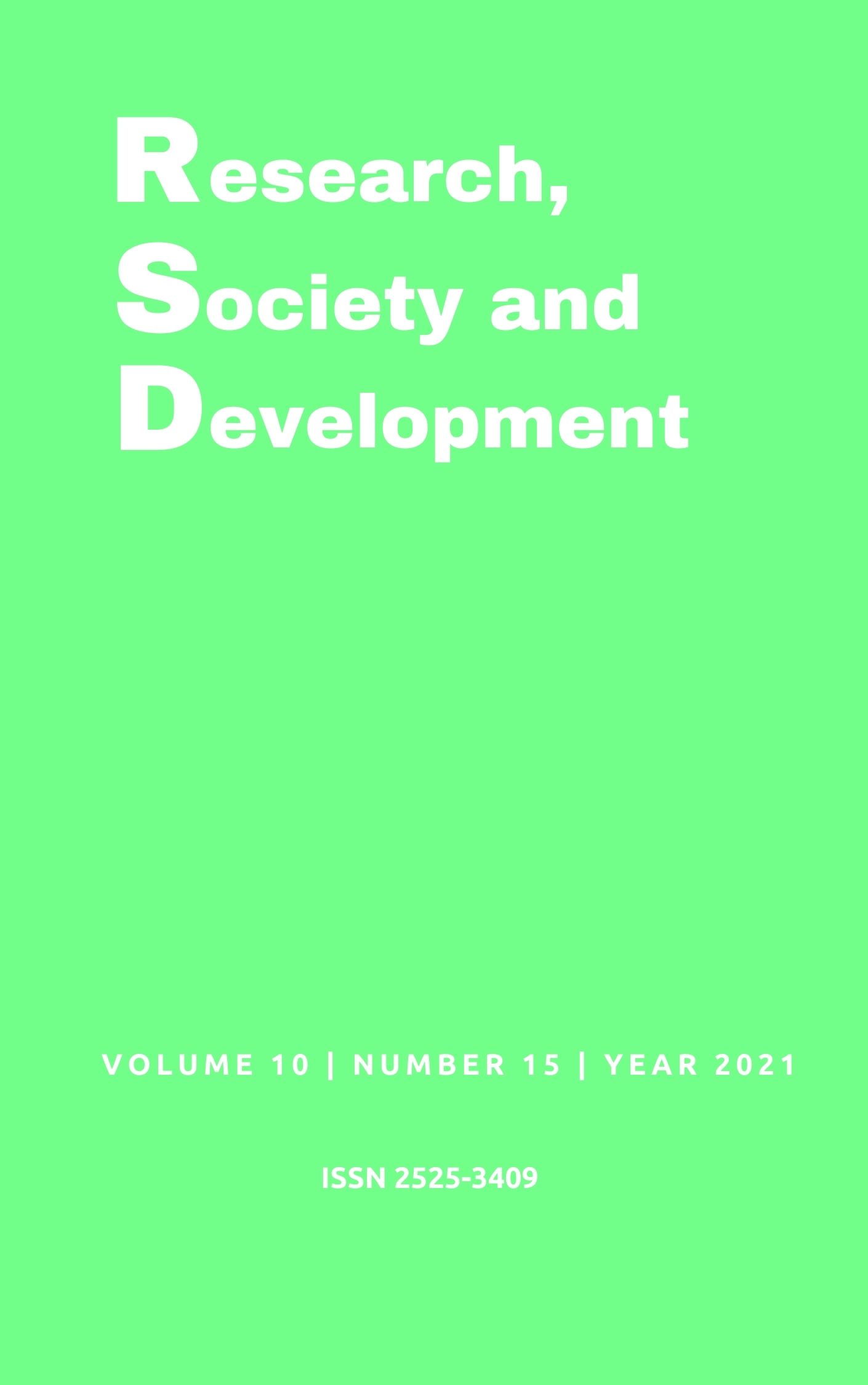Sexuality in senescence and its relevant aspects: an integrative literature review
DOI:
https://doi.org/10.33448/rsd-v10i15.23188Keywords:
Sexuality, Senescence, IST, Seniors.Abstract
Introduction: sexuality, in contemporary times, is still understood by many as a synonym for sex. However, this concept goes beyond the sexual act itself, being, according to the German psychoanalyst Sigmund Freud, something similar to an instinct, to a vital force that is responsible for the self-perception of oneself and others, thus consisting of something inherent to human nature. Objective: to analyze the relevant aspects of sexuality in old age. Methodology: this is an integrative literature review, with articles selected from the following databases: National Library of Medicine (PubMed MEDLINE), EbscoHost, Google Scholar, Scientific Electronic Library Online (SCIELO) and Virtual Health Library (VHL). Results: it was found that the most relevant aspects for the discussion of sexuality in old age are morphophysiological changes, the cultural positioning of today's society, Sexually Transmitted Infections (STI's), gender identities and roles. In this regard, it is important to emphasize that biological changes, both in females and males, for example, cause hormonal, structural and functional changes in the body that incur in disturbances in wills related to sexual practice and the pleasure achieved by them. In this context, loss of lubrication and elasticity in women and less firm erections and erectile dysfunction in men are the biological elements that interfere more clearly in the sexual life of the elderly, whether causing pain (dyspauremia) or making orgasm difficult. Gender issues are also relevant in the experience of sexuality among the elderly, because, nowadays, the need for heteronormative gender roles to be represented is still predominant in the collective consciousness, directly preventing it; through aggression, and indirectly; through social pressures, older individuals belonging to the LGBTQIA+ community express themselves and experience their wishes. Conclusion: intrinsic factors are related to natural aging processes and extrinsic factors are correlated with sociocultural aspects. Therefore, the necessary interventions so that the sexuality of the elderly is experienced in a satisfactory way involve both medical issues that can help in the alleviation of biological changes and the prevention of STI'S, as well as socio-educational issues aimed at treating the sexuality of the elderly person naturally.
References
Araújo, A. C. F. (2016). Rompendo o silêncio: desvelando a sexualidade em idosos. UNILUS Ensino e Pesquisa, 12 (29), 34-41.
Brito, N. M. I., et al. (2016). Idosos, infecções sexualmente transmissíveis e aids: conhecimentos e percepção de risco. Arquivos Brasileiros de Ciências da Saúde, 41 (3), 140-145.
Calumby, T, M. D. C., et al. (2021). A sexualidade na velhice como um tabu social. Anais do Congresso de Geriatria e Gerontologia da Unifacig.
de Andrade, R. B., et al. (2020). O advento das infecções sexualmente transmissíveis em idosos. Anais do I Congresso Nacional de Envelhecimento Humano.
França, M. M., et al. (2021). Sexualidade na terceira idade: mitos e tabus. Trabalho de Conclusão de Curso (Bacharel em enfermagem): Universidade Federal de Goiás, 1-39.
Freitas, E. V., et al. (2016). Tratado de Geriatria e Gerontologia. 4. ed. Grupo Editora Nacional, 2016. 1637 p.
Henning, C. E. (2017). Gerontologia LGBT: velhice, gênero, sexualidade e a constituição dos “idosos LGBT”. Horizontes Antropológicos, 23 (47), 2017, 283-323.
Kaufman, J. M., et al. (2019). Aging and the male reproductive system. Endocrine Reviews, 40 (4), 906- 972. 2019.
Layber, L. S. G. (2014). Envelhecimento e suas implicações na sexualidade dos idosos. Trabalho de Conclusão de Curso (Bacharel em enfermagem) - Faculdade Católica Salesiana do Espírito Santo. 1- 84.
Medeiros, L. F. (2019). A inter-relação entre transtornos mentais comuns, gênero e velhice: uma reflexão teórica. Cadernos de Saúde Coletiva, 27 (4), 448-454.
Mitchell, C. M., et al. (2018). Genitourinary changes with aging. Obstetrics and Gynecology Clinics, 5 (8), 1-9.
Morton, L. (2017). Sexuality in the older adult. Primary Care. Clinics in Office Practice, 7 (8), 1-12.
Nascimento, M. S. (2011). Idosos, seu processo de envelhecimento seu processo de envelhecimento e suas fragilidades: Um desafio para toda equipe. Trabalho de conclusão de curso (Especialização em Atenção Básica em Saúde da Família) - Universidade Federal de Minas Gerais. Formiga, 1-51.
Prati, C. J., et al. (2020). Terceira idade e infecções sexualmente transmissíveis: uma abordagem educativa. Revista Brasileira de Enfermagem, 76 (8), 134-140.
Salles, R. F. (2010). Sexualidade na terceira idade: desmistificando preconceitos. Anais do Congresso Nacional de Envelhecimento Humano, 1-16. 2010.
Santana, M. C. (2018). Sexualidade na velhice: silêncio discreto. Revista Brasileira de Sexualidade Humana, 28 (2), 35-40.
Souza, J. A. V., et al. (2007). Violência contra os idosos: análise documental. Revista Brasileira de Enfermagem, 60 (3), 268-272.
Vieira, K. F. L., et al. (2016). A sexualidade na velhice: representações sociais de idosos frequentadores de um grupo de convivência. Psicologia: ciência e profissão, 36 (1), 196-209.
Downloads
Published
Issue
Section
License
Copyright (c) 2021 Ana Paula Ferreira Araújo; Bárbara Queiroz de Figueiredo; Letícia Beatriz Rodrigues Bernardes; Sarah Mendes de Lima; Jonatha Cajado Menezes

This work is licensed under a Creative Commons Attribution 4.0 International License.
Authors who publish with this journal agree to the following terms:
1) Authors retain copyright and grant the journal right of first publication with the work simultaneously licensed under a Creative Commons Attribution License that allows others to share the work with an acknowledgement of the work's authorship and initial publication in this journal.
2) Authors are able to enter into separate, additional contractual arrangements for the non-exclusive distribution of the journal's published version of the work (e.g., post it to an institutional repository or publish it in a book), with an acknowledgement of its initial publication in this journal.
3) Authors are permitted and encouraged to post their work online (e.g., in institutional repositories or on their website) prior to and during the submission process, as it can lead to productive exchanges, as well as earlier and greater citation of published work.


